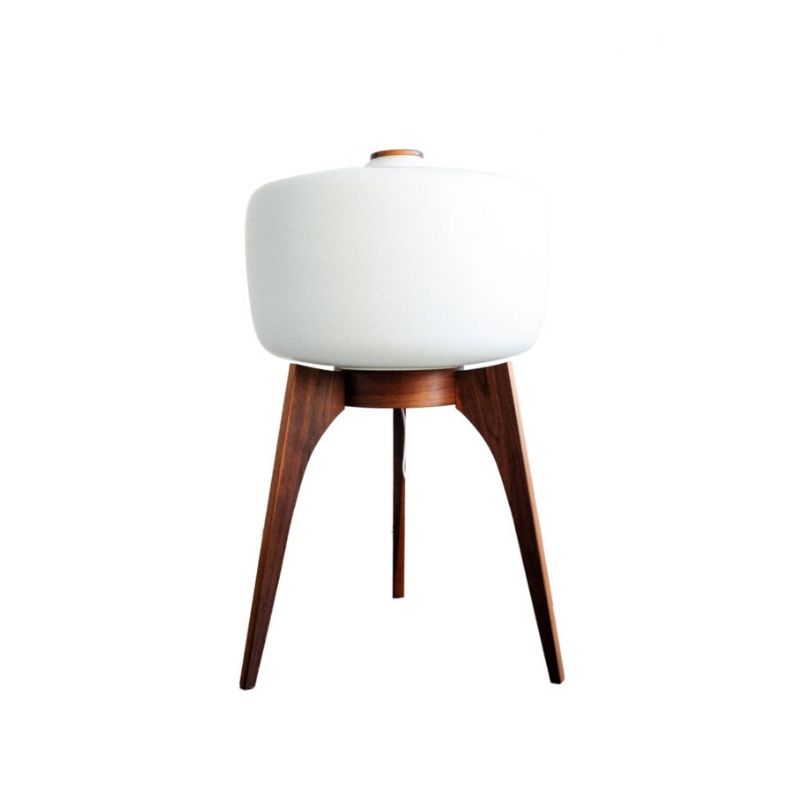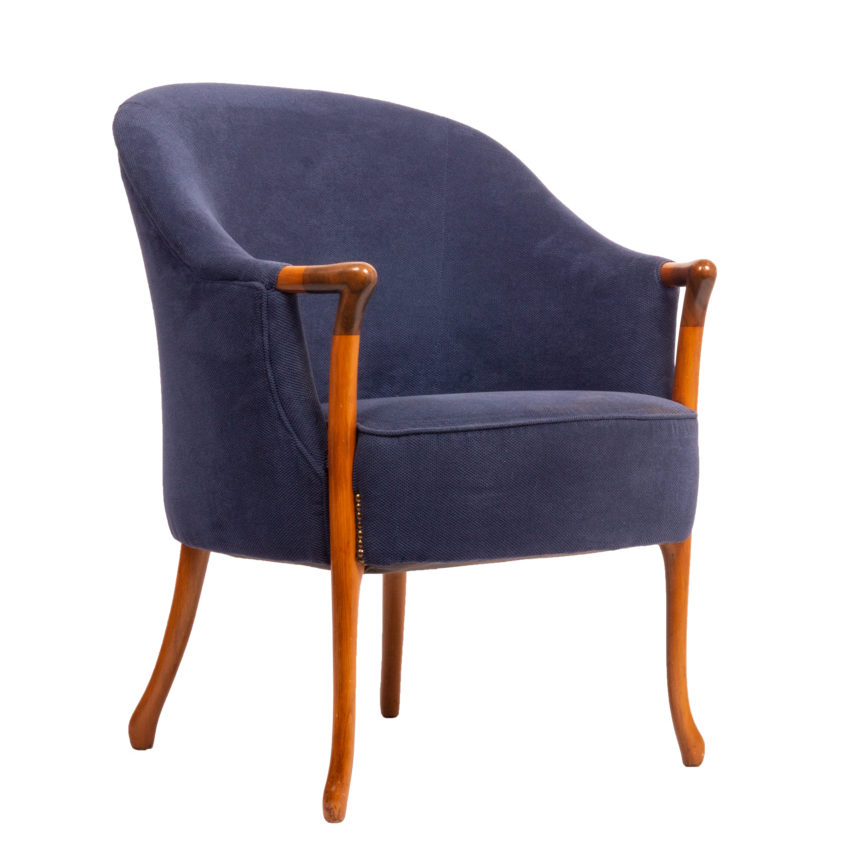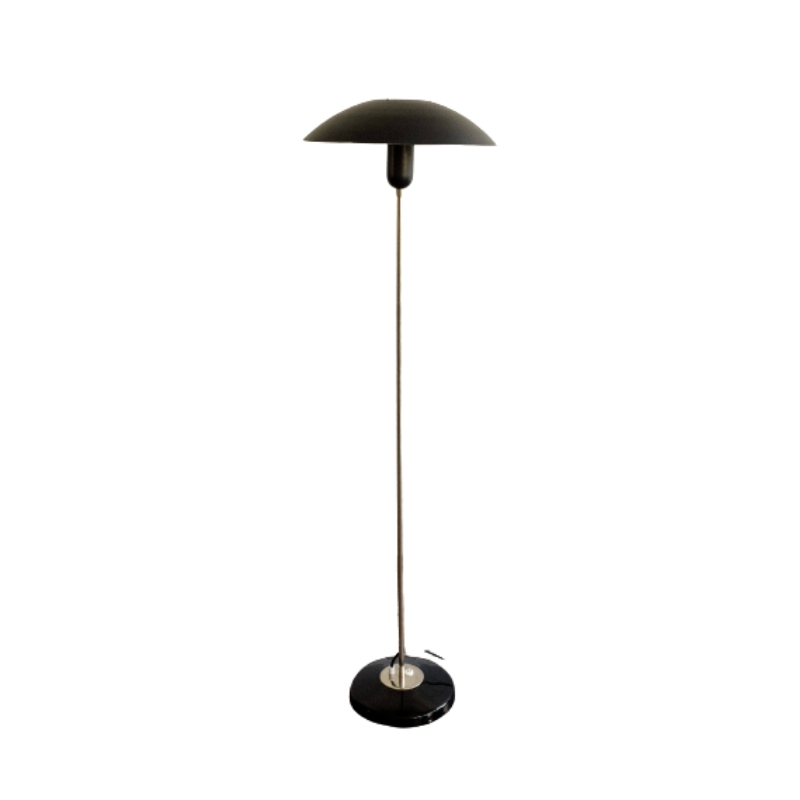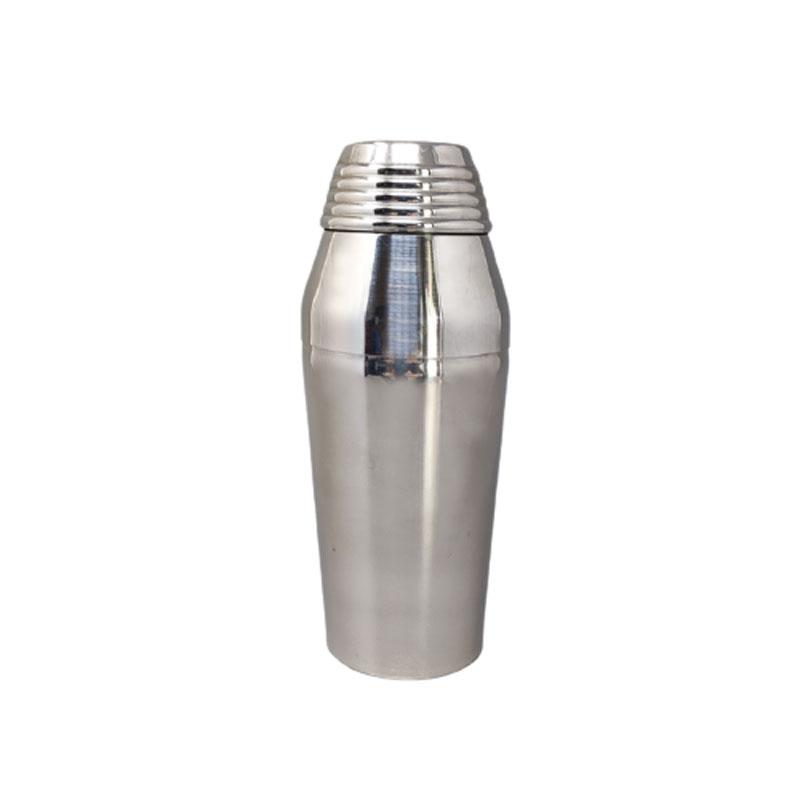Weil, we are not really talking about workshops here. The danish company is onecollection, they have all the rights for the production of Finn Juhl furniture and they mainly produce in the danish town of Ringkobing except for the very complicatet parts which cannot be produced in Europe because the European cabinetmakers are not skilled enough for that. An example would be the 45 chair whose production has been outsourced to a very well trained and experienced japanese Workshop. There is another japanese Company that is licensed to produce a single chair, but you won't find that in the hotel because the hotel is an onecollection project.
Edit: The japanese company I was referring to is Kitani and they have a reproduction of the nv 53 which is not the most beautiful of Finn Juhl's designs.
"People buy a chair, and they don't really care who designed it." (Arne Jacobsen)
You might find this article and book interesting:
http://www.skagen.com/gb/en/journal/danish-design-style/architecture---h...
Wow, thank you all for the very useful information. The book and the exhibition sound really interesting. And I find it puzzling that Denmark has not been able to keep the old school manufacturing tradition and has to outsource the make of pieces to workshops in Japan...
Cheer
Ernest
The danish cabinetmaking tradition kind of died away in the 70s and 80s when many of the workshops closed. There were two reasons for that: The teak-wave was over, people were sick and tired of the same old orange wooden furniture that had been sold for 30 years in a row - and secondly there were new materials around. Consumers and designers were turning to plastic and metal. And the danish cabinetmakers and furniture factories were not able to meet these new needs. At first the annual guild exhibition ended in 1966, Den Permanente got financial problems in the 70s and closed in the 80s, The remaining bigger companies like Fritz Hansen or Carl Hansen were factories rather than workshops. Secondly the way of cabinetmaking has also changed since the 50s. Today even the small workshops like pp mobler use automatic CNS machines, There is simply no need to cut all the joints by hand and the younger cabinetmakers are not really trained anymore to do that.But as I understand it, some of Finn Juhl's designs do not only conquer the limits of wood but also the limits of cabinetmaking. That seems to be the case with the 45 chair which - as I read or heard somewhere - cannot be made with machines, Same with the the NV44, which is even more complicated. At least some parts have to be made the old fashioned way, and for some reason the guys in Japan are still able to do that. Sorry for my English, I'm struggling to get the message over 🙂
"People buy a chair, and they don't really care who designed it." (Arne Jacobsen)
Herringbone: thanks for your commentary. I would also add that the cabinetmakers in Denmark were facing very serious financial troubles in the mid 1960s. In their collaborations with the furniture architects, the architects retained the copyrights, so they controlled who could make the furniture. Ultimately the cabinetmakers destroyed their own business by inventing all the processes and techniques for the factories to use to build the furniture, and the factories got all the profit. This was not a dynamic that lasted long because it starved the cabinetmakers.
Yes, look at what happened with Niels Vodder, he is a good example. He expanded, enlarged his workshop and bought new machinery to meet the demand for Finn Juhl furniture, but the sales went down once he got there. He tried to adopt and reinvent himself later on (anyone seen the modular living room furniture he made for Ralf Middelboe in 1964?) but the time for danish cabinetmaking was just ove nad the workshop eventually closed. I don't think the factories did too well either in the 70s. Cado for instance, they produced terrible stuff in that period and had to close at the end of the decade.
"People buy a chair, and they don't really care who designed it." (Arne Jacobsen)
Leif: I was contemplating about cabinetmakers or workshops that really made it through the 70s and 80s but I can't think of many. Johannes Hansen, Carl Hansen, Rud. Rasmussen, PP Mobler. That's about it. Can you come up with more?
"People buy a chair, and they don't really care who designed it." (Arne Jacobsen)
i suppose that if you have put Carl Hansen in the list, (who was not a member of the Copenhagen cabinetmaker's guild, and was producing cabinetmaker grade chairs but at factory volume) then Fredericia Stolefabrik should be on the list.
Notably, Johannes Hansen was also producing at factory volume,, and even at that, Johannes Hansen closed down decades ago.
It is a really short list.
I doubt that Danish cabinetmaker pieces were affordable for the middle class anywhere. FDB was that market.
In fact, I am sure that there are cabinetmakers in Denmark capable of making the Niels Vodder pieces, but they aren't being contracted to do so because of cost. In fact this is why CNC machines are replacing trained cabinetmakers in Denmark.
Hmmm. And Rud.Rasmussen has been taken over by Carl Hansen eventually. A very short list really.
@Ernest: The high quality furniture was indeed very expensive, reviewers at the annual guild exhibition were always complaining about the prices but of course, the sofas and chairs were handmade by highest standards. So what would you expect? And: In the 30s and 40s there was no funiture industrie in denmark. If you wanted to have a new table, you'd have it made at a cabinetmer's workshop. But of course in the 50s the industrie grew rapidly. It took France and Son only a couple of years to become the world's largest purchaser of teak wood, And in 1958 Ingvar Kamprad opened the first IKEA store in
"People buy a chair, and they don't really care who designed it." (Arne Jacobsen)
If you need any help, please contact us at – info@designaddict.com









